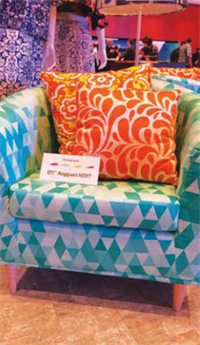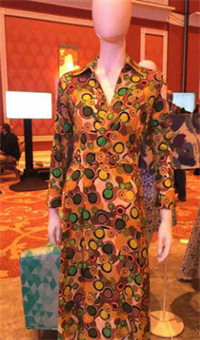 Textile printing is different than other types of printing, as are the workflows that support them all. While screen printing and rotary screen printing have been the stable main print technologies, the workflow elements have evolved continuously to support the needs of brands and designers.
Textile printing is different than other types of printing, as are the workflows that support them all. While screen printing and rotary screen printing have been the stable main print technologies, the workflow elements have evolved continuously to support the needs of brands and designers.
The key to success is to know the elements of a successful business and production workflow, and build them into a product-oriented offering that gives buyers confidence for all your products — no matter how they are produced.
Why is Workflow Important?
Workflow sits under every process in the business and ensures you can get work that has been sold into the shop through production — and to the customer as promised — at a profit. Textile finishers sometimes set up their workflow based on manufacturing requirements and material movement using spreadsheets, job travelers or a manufacturing execution system (MES). Whatever is currently in place, it is likely there will be changes to accommodate the addition of digital equipment.
 Digital production usually adds new types of files, which have infrastructure and support components. While color may not be new to the environment, digital color brings a new set of requirements, including the transition from colorways to the use of composite color built from cyan, magenta, yellow and black CYMK, or even an extended set of colors, and each of these extensions adds new elements to the workflow.
Digital production usually adds new types of files, which have infrastructure and support components. While color may not be new to the environment, digital color brings a new set of requirements, including the transition from colorways to the use of composite color built from cyan, magenta, yellow and black CYMK, or even an extended set of colors, and each of these extensions adds new elements to the workflow.
Will you specialize in short runs or long runs? How much individualization and customization do you want to support? The decisions on approach will help determine the best protocols when it comes to how to sell new work, how to bring those jobs on board and into the production environment, how to assure the quality of the work and how to manage shipping and logistics.
- Check back for Part 2 this Friday!
- Read more in the SGIA Garment Journal Spring 2018.